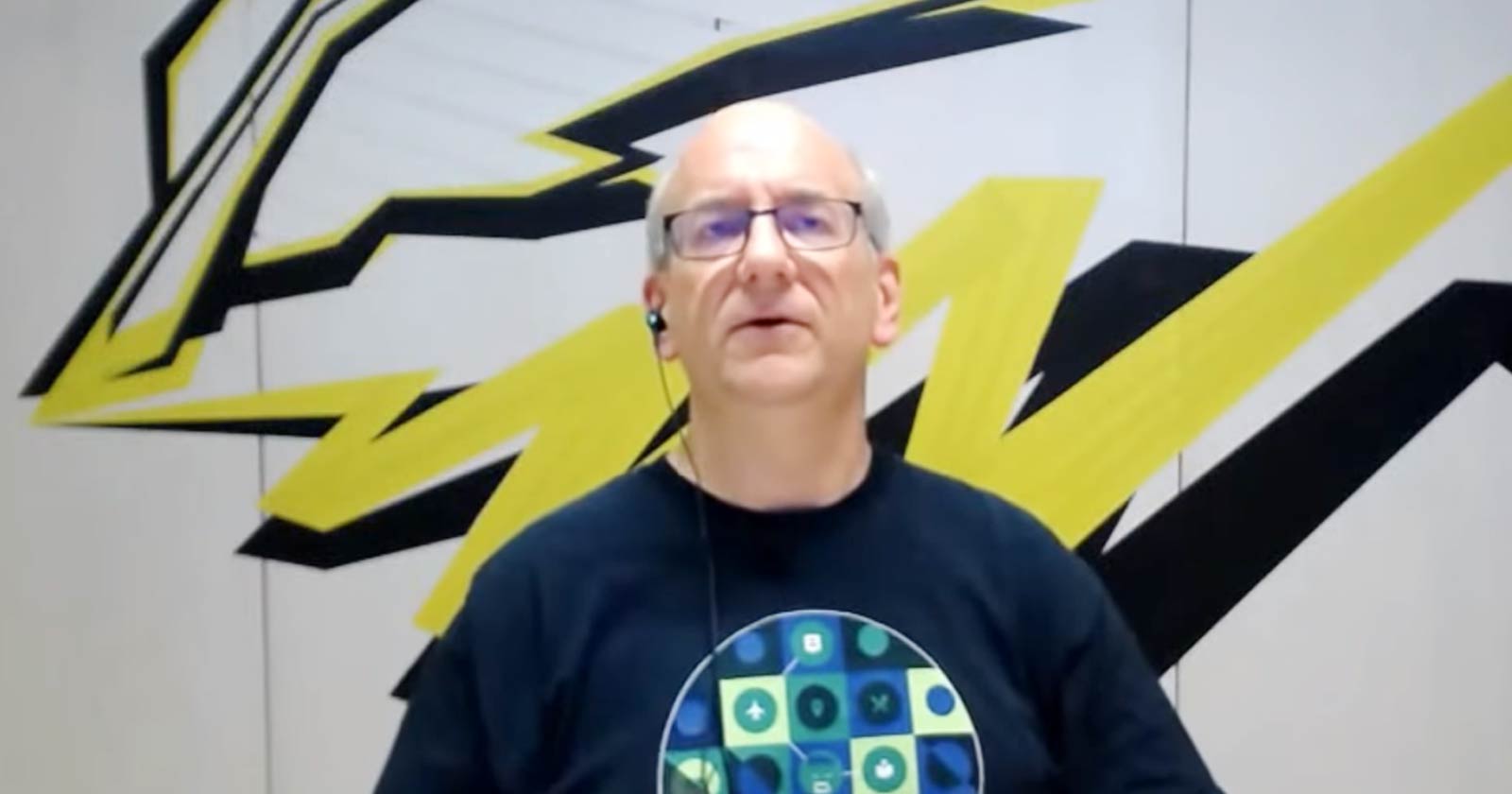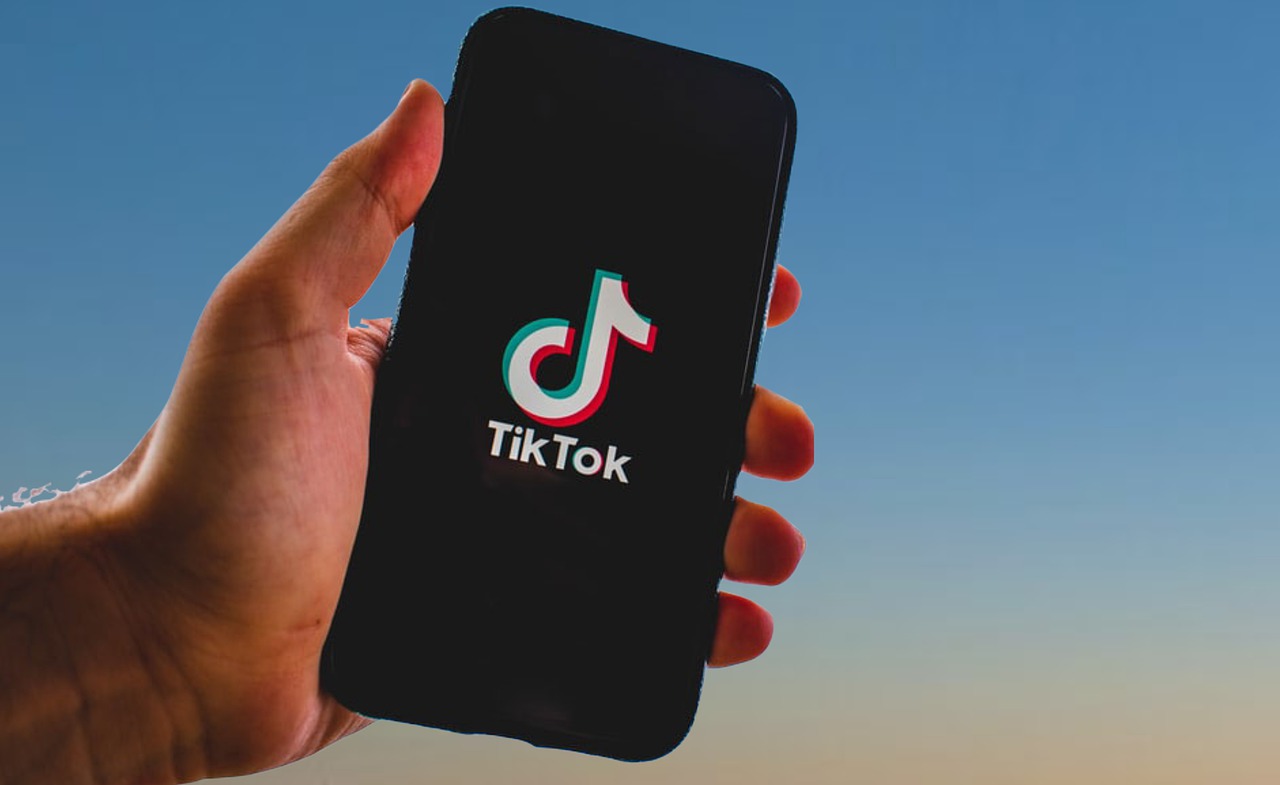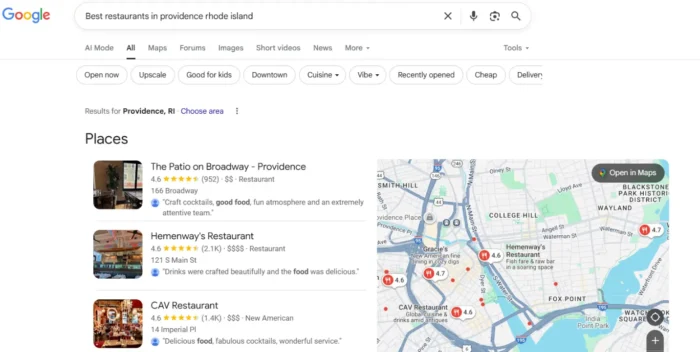Has Google’s SEO Office Hours Lost Its Spark? via @sejournal, @martinibuster
Google's John Mueller answered a question about sitelinks and rankings that closely mirrors official Google documentation The post Has Google’s SEO Office Hours Lost Its Spark? appeared first on Search Engine Journal.

Google’s John Mueller answered a question about what strategy to use to make specific pages show as sitelinks in Google’s search results.
Mueller provided an answer that noticeably matched what’s in the official Google Search Central documentation for sitelinks, although he added a little more nuance than what’s in the official documentation.
Nevertheless, Google’s new tightly controlled SEO Office Hours format is starting to show some limitations.
How to Make Pages Appear as a Sitelink?
The person asking the question wanted to know ways to influence Google to show specific pages in the sitelinks.
Sitelinks are additional links from a web page that is shown in a search result, so that one of the search results contains multiple links.
“Is there any strategy by which desired pages can appear as a sitelink in Google search results?”
Mueller first explained what sitelinks are:
“So sitelinks are the additional results that are sometimes shown below a search result, where it’s usually just a one-line link to a different part of the website.”
Next he explained how Google generates sitelinks:
“And there is no meta tag or structured data that you can use to kind of like enforce a sitelink to be shown.
And it’s a lot more that our systems try to figure out what is actually kind of related or relevant for users when they’re looking at this one web page as well.”
Lastly, Mueller offers recommendation on what to do for sitelinks:
“And for that, our recommendation is essentially to have a good website structure, to have clear internal links so that it’s easy for us to recognize which pages are related to those pages, and to have clear titles that we can use and kind of show as a sitelink.
And with that, it’s not that there’s a guarantee that any of this will be shown like that.
But it kind of helps us to figure out what is related.
And if we do think it makes sense to show a sitelink, then it’ll be a lot easier for us to actually choose one based on that information.”
Answers Are Similar To Google’s Official Documentation
Previously the SEO Office Hours format permitted live questions and answers. That’s gone now.
What Google is presenting are pre-screened questions with pre-screened answers.
The new format gives Mueller time to choose questions and research good answers ahead of time.
The answer Mueller provided is good but it also highlights a downside of Google’s new Q&A format that feels scripted and safe to the point that the information closely mirrors Google’s official documentation.
The down side is that the new format has the feel of Mueller Googling the answer for you then paraphrasing what’s on Google’s developer pages.
This is what’s on Google’s Search Central page:
“We only show sitelinks for results when we think they’ll be useful to the user. If the structure of your site doesn’t allow our algorithms to find good sitelinks, or we don’t think that the sitelinks for your site are relevant for the user’s query, we won’t show them.
Make sure that the text you use as your page titles and in your headings is informative, relevant, and compact. Create a logical site structure that is easy for users to navigate, and make sure you link to your important pages from other relevant pages. Ensure that your internal links’ anchor text is concise and relevant to the page they’re pointing to. Avoid repetitions in your content.”The documentation on sitelinks that exists on the Google Search Central page is virtually identical to the answer that John Mueller provided.
This isn’t meant to be construed as criticism of the new format but rather it’s just calling attention that the new format is somewhat antiseptic in that it’s not a true Q&A.
It feels like Q&A theater.
What’s missing is the humanizing banter between the members of the search community and the follow-up questions that sometimes resulted in surprising and spontaneous answers from Mueller.
The previous style featured the spontaneity of outside of the box questions that can’t always necessarily be found in Google’s official documentation.
Yes, the old format suffered from users violating the rules prohibiting questions about why a site isn’t ranking.
So it’s understandable why Google would want to experiment with another format.
However, Mueller’s ability to tease out the underlying problem elevated a “What’s wrong with my site” question into something that was useful for the wider search community, providing useful answers by turning around a seemingly useless question into something that provides insights.
The problem wasn’t that people kept asking “What’s wrong with my site?”
The problem in the old format could be seen as people didn’t know what’s wrong with their sites so they didn’t know how to ask. Was the problem technical? Was the problem in content quality?
Mueller sometimes dealt with those poor quality questions with general advice that was still useful.
Does the new format work for you?
Citation
Watch John Mueller answer the question at the 16:01 minute mark
Featured Image: Screenshot from YouTube.com/GoogleSearchCentral, June 2022

 AbJimroe
AbJimroe 































